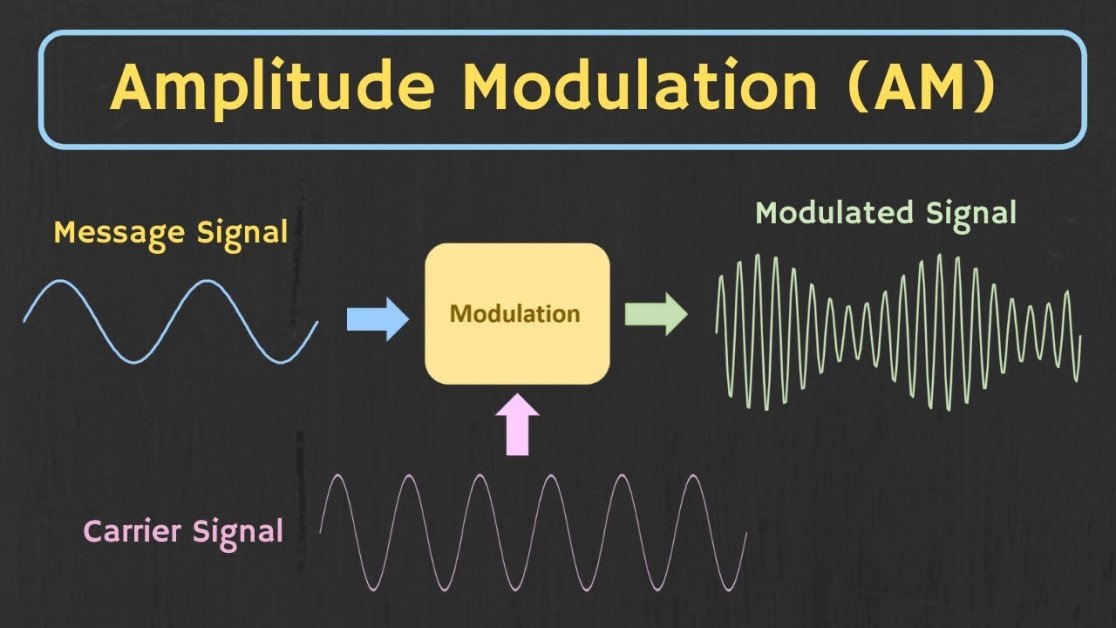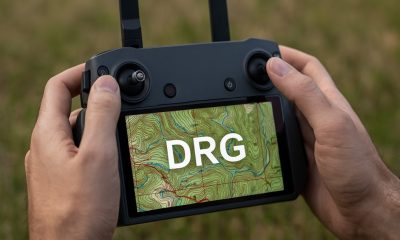- Acronym Guide
- AAM
- ABS
- AC
- ACAS
- ADS-B
- AFAC
- AGL
- AI
- AIM
- ALS
- AM
- AMA
- ANSP
- AOI
- APPI
- AUV
- AUVSI
- ARPAS-UK
- ASTM
- ATC
- BVLOS
- CAA
- CAAC
- CAB
- CASA
- CATT
- CBO
- CBR
- CBRN
- CDMA
- CDR
- CFR
- CIR
- COA
- COMINT
- CORS
- COTP
- COTR
- CPTED
- CV
- C2
- DAA
- DEM
- DFI
- DFS
- DGCA
- DHS
- DOD
- DPA
- DPEs
- DRG
- DRO
- DSM
- DSMX
- DSP
- DSSS
- DTM
- EASA
- EFT
- EO
- EOD
- EO/IR
- ELINT
- EMI
- ESC
- EVLOS
- eVTOLs
- FAA
- FCC
- FCS
- FHSS
- FICCI
- FLIR
- FOB
- FOV
- FPS
- FPV
- GBDAA
- GCP
- GCS
- GDPR
- GML
- GNSS
- GPS
- GSD
- GVC
- HDR
- HOGE
- IACRA
- ICAO
- ICS
- IMU
- INS
- IR
- ISA
- ISR
- ITU
- JARUS
- LAAMS
- LAANC
- LAATM
- LAI
- LBA
- LIDAR
- LOS
- LSALT
- MAC
- MAVLink
- MLIT
- MMS
- MSL
- MTOM
- NDAA
- NCSL
- NFZ
- NIST
- NMEA
- NOTAM
- NPA
- NPRM
- NTIA
- OBIA
- OEM
- OFDM
- OOP
- PASM
- PAV
- PCV
- PdM
- PEC
- PIC
- PID
- PIPL
- PLD
- PM
- PN
- PPK
- PPS
- PSM
- PWM
- UAM
- UAOP
- UAS
- UASTM
- UAV
- UCAVs
- UHD
- UHF
- USV
- UTM
- RAIM
- RCC
- RCS
- RFI
- ReOC
- RePL
- RMS
- ROI
- RPAS
- RPC
- RTH
- RTK
- SaR
- SAR
- SARP
- SBAS
- S.Bus
- SBIR
- SEDENA
- SfM
- SFOC
- SIGINT
- SLAM
- SMS
- SORA
- STANAG
- STTR
- sUAS
- TCAS
- TCCA
- TFR
- TIN
- TOF
- TP
- TPS
- TSA
- VHF
- VLOS
- VTOL
Drone Acronyms
What is AM (Amplitude Modulation) ?
By
Jacob StonerTable Of Contents

Definition
AM stands for Amplitude Modulation, a method of modulating a carrier signal in which the amplitude, or strength, of the signal is varied in proportion to the data being transmitted. Amplitude Modulation is one of the earliest modulation techniques, commonly used in radio broadcasting, and can transmit audio signals, such as voice and music, over long distances. In Amplitude Modulation, the frequency of the carrier wave remains constant, but the amplitude fluctuates to encode the information.
Usage
In the context of radio communication, Amplitude Modulation is used to transmit signals over the airwaves, especially in the AM radio band. Although less commonly used in modern drone communications due to its susceptibility to interference, Amplitude Modulation has been integral in early radio-controlled systems. Today, Amplitude Modulation is typically found in legacy systems and some specialized applications where it can still serve effectively.
Relevance to the Industry
While AM has largely been replaced by more robust modulation techniques like FM (Frequency Modulation) and digital modulation for most drone and RC systems, it remains relevant in understanding foundational communication methods. AM’s simplicity and historical significance make it a useful topic for those learning about radio wave propagation and basic modulation techniques.
How Does Amplitude Modulation (AM) Work?
Signal Generation and Carrier Wave Modulation:
- Carrier Wave and Modulating Signal:
- Carrier Wave Generation: In amplitude modulation, a high-frequency carrier wave is generated to carry the data. This carrier wave typically has a constant amplitude and frequency, which serves as the baseline signal. The modulating signal, which contains the information (such as audio or other data), is superimposed onto this carrier wave.
- Amplitude Variation: The amplitude, or strength, of the carrier wave is varied in direct proportion to the modulating signal. As the audio or data signal fluctuates, the amplitude of the carrier wave increases and decreases accordingly. This results in a wave whose amplitude reflects the amplitude of the original information signal while the frequency remains fixed.
- Modulation Process:
- Combining Signals: The process involves combining the carrier wave with the modulating signal in a circuit called a modulator. In the modulator, the carrier wave’s amplitude is adjusted to mirror the shape of the modulating signal, creating a new wave with varying amplitude.
- Creating Sidebands: As the modulating signal is combined with the carrier wave, it creates two additional frequencies called sidebands, located above and below the carrier frequency. These sidebands contain the actual information being transmitted. The total AM signal comprises the carrier and both sidebands, effectively doubling the amount of spectrum required for the transmission.
Transmission and Reception of AM Signals:
- Signal Transmission:
- Broadcasting Over the Airwaves: The modulated signal is amplified and transmitted through an antenna as electromagnetic waves. Due to the presence of sidebands, AM signals occupy more bandwidth than the carrier alone. These waves can travel long distances, especially at lower frequencies, which makes AM effective for broadcast radio.
- Reflection and Long-Range Propagation: AM signals can reflect off the ionosphere, allowing them to travel beyond the horizon. This characteristic makes AM useful for long-range radio broadcasts, especially at lower frequencies in the medium-wave and shortwave bands.
- AM Signal Reception and Demodulation:
- Receiver Antenna and Tuner: At the receiving end, an antenna picks up the transmitted AM signal. The signal is then passed through a tuner, which filters out unwanted frequencies and isolates the specific AM broadcast frequency.
- Demodulation Process: The receiver extracts the original modulating signal (such as the audio) from the modulated carrier through a process called demodulation. An Amplitude Modulation detector, or demodulator, separates the varying amplitude from the constant frequency of the carrier wave, reproducing the original audio or data signal for playback or further processing.
Advantages and Limitations:
- Simple Circuitry and Low Cost:
- Ease of Implementation: Amplitude Modulation transmission systems require relatively simple circuits, making them cost-effective and accessible for basic communication needs. This simplicity has historically made AM popular in early radio and RC systems where complex modulation is unnecessary.
- Basic Receiver Design: Amplitude Modulation receivers can be built with straightforward circuitry, allowing for inexpensive devices that are easy to produce. This has contributed to AM’s popularity in legacy communication systems, like AM radio broadcasting and early hobbyist remote-controlled devices.
- Interference and Signal Quality:
- Sensitivity to Noise: One of the main drawbacks of Amplitude Modulation is its sensitivity to electrical interference and noise. Since AM encodes information in the amplitude of the wave, any external noise that affects amplitude—such as electrical interference from power lines or weather—can distort the signal.
- Lower Fidelity: Amplitude Modulation signals generally have a limited bandwidth, which restricts their ability to transmit high-fidelity audio. This limitation is one reason why AM has been largely replaced by FM and digital modulation in applications requiring better sound quality and resistance to interference.
By modulating the amplitude of a carrier wave, Amplitude Modulation enables the transmission of data over long distances, making it a foundational technique in the field of radio communication. However, its susceptibility to interference and limited sound quality have led to the adoption of more advanced modulation methods in modern applications.
Example in Use
“Older radio-controlled systems used Amplitude Modulation to transmit signals, though most modern devices have since transitioned to FM or digital modulation for improved reliability.”
Frequently Asked Questions about AM (Amplitude Modulation)
1. How does AM differ from FM?
Answer: AM and FM differ primarily in how they encode information:
- AM (Amplitude Modulation): Modulates the amplitude of the carrier wave to represent data, while the frequency remains constant.
- FM (Frequency Modulation): Modulates the frequency of the carrier wave, while the amplitude remains constant, making it more resistant to interference.
2. What are the advantages of using AM?
Answer: AM has certain advantages, including:
- Simplicity: AM circuits are simpler to design and implement, making them cost-effective for basic applications.
- Long-Range Propagation: AM signals can travel long distances, especially at lower frequencies, due to their ability to reflect off the ionosphere.
3. Why is AM less common in modern communications?
Answer: AM is less common due to:
- Susceptibility to Interference: AM signals are more prone to noise and interference, which can degrade signal quality.
- Lower Sound Quality: AM generally has a narrower bandwidth, which limits its ability to transmit high-fidelity audio compared to FM or digital signals.
For examples of these acronyms visit our Industries page.
As the CEO of Flyeye.io, Jacob Stoner spearheads the company's operations with his extensive expertise in the drone industry. He is a licensed commercial drone operator in Canada, where he frequently conducts drone inspections. Jacob is a highly respected figure within his local drone community, where he indulges his passion for videography during his leisure time. Above all, Jacob's keen interest lies in the potential societal impact of drone technology advancements.
Pros
Cons
You may like


What is OBIA (Object-Based Image Analysis)?


What is GML (Geographic Markup Language)?


What is DRG (Digital Raster Graphic) & How Does it Work?


What is CIR (Color Infrared) & How Does it Work?


What is AOI (Area of Interest) & How Does it Work?


Blake Resnick, Founder & CEO, BRINC Drones – Innovator Series